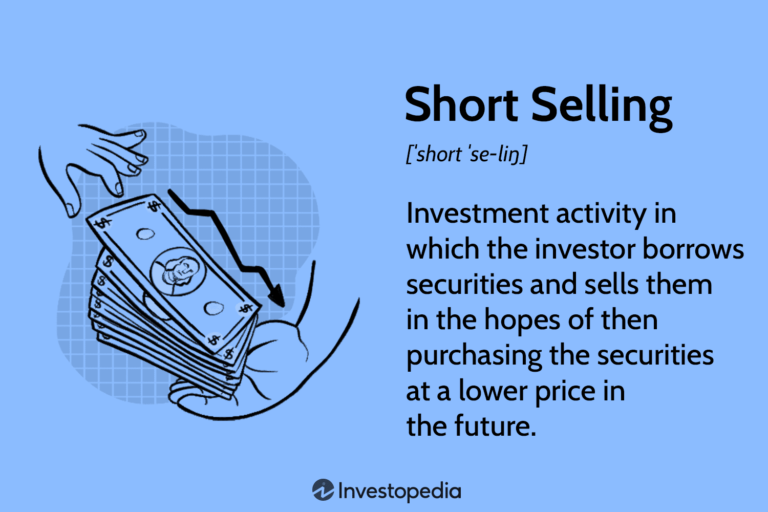The Risks of Short Selling: A Comprehensive Guide
“Short selling” is a popular investment strategy used by many traders and investors in the financial markets. It involves selling a security that the seller does not own with the expectation of buying it back at a lower price to realize a profit. However, short selling is not without its risks, and investors need to be aware of these risks before engaging in this strategy.
Understanding Short Selling
Before we dive into the risks associated with short selling, it’s essential to understand how it works. Short selling involves selling a security that the seller does not own. This is achieved by borrowing the security from a broker or another investor. The seller then sells the security at the current market price and waits for the price to drop. Once the price has dropped, the seller buys the security back at the lower price and returns it to the lender, pocketing the difference as profit.
Risks Associated with Short Selling
1. Unlimited Potential Losses
The most significant risk associated with Short selling is the potential for unlimited losses. When you buy a security, your potential losses are limited to the amount you invested. However, when you short sell a security, your potential losses are unlimited because the price of the security can theoretically rise indefinitely.
2. High Leverage
Short selling involves using borrowed money to sell a security. This means that you are using leverage, which can amplify your losses as well as your gains. If the price of the security rises instead of falls, you may be required to deposit more funds or sell some of your other securities to cover the loss.
3. Short Squeeze
A short squeeze occurs when the price of a security rises rapidly, causing short sellers to cover their positions by buying back the security. This can create a feedback loop, driving the price even higher and causing even more short sellers to cover their positions.
4. Market Volatility
Short selling is a high-risk strategy that is best suited for volatile markets. However, market volatility can work against you, causing significant losses if the price of the security moves in the opposite direction of what you expected.
5. Liquidity Risks
Short selling involves selling a security that you do not own. This means that you may not be able to buy back the security at the price you want, especially if the security is illiquid. Illiquid securities can be difficult to sell, and you may be forced to sell at a lower price than you expected.
6. Regulatory Risks
Short selling is regulated by various government agencies, and the rules and regulations surrounding shart selling can change frequently. If you are not aware of the current regulations, you may be subject to fines or penalties.
7. Reputation Risk
Short selling can be seen as a negative strategy, and some investors may view short sellers as unethical. This can damage your reputation and make it harder to attract investors or clients in the future.
8. Overnight Risks
Shart selling involves borrowing securities overnight, and there is a risk that the lender may not be able to deliver the securities the next day. This can cause you to miss out on profitable trades or even result in a short squeeze.
9. Dividend Risks
When you short sell a security, you are responsible for paying any dividends that are declared while you are holding the short position. This can reduce your profits or even increase your losses.
10. Tax Risks
Shart selling can result in significant tax liabilities, especially if you are holding a short position for an extended period. You may be subject to capital gains tax, and you may also be required to pay taxes on any dividends you receive.
Conclusion
Short selling can be a profitable investment strategy, but it’s essential to be aware of the risks involved. By understanding the risks and taking steps to mitigate them, you can increase your chances of success in the financial markets. Remember, “Short selling” is a high-risk strategy that is best suited for experienced investors and traders.
Key Takeaways
-
Short selling involves selling a security that you do not own with the expectation of buying it back at a lower price.
-
The potential losses from shart selling are unlimited.
-
Short selling involves using leverage, which can amplify your losses as well as your gains.
-
A short squeeze can occur when the price of a security rises rapidly, causing short sellers to cover their positions.
-
Market volatility, liquidity risks, regulatory risks, reputation risk, overnight risks, dividend risks, and tax risks are all associated with shart selling.
I hope this article has provided you with a comprehensive guide to the risks associated with shart selling. Happy investing!






Leave a Reply